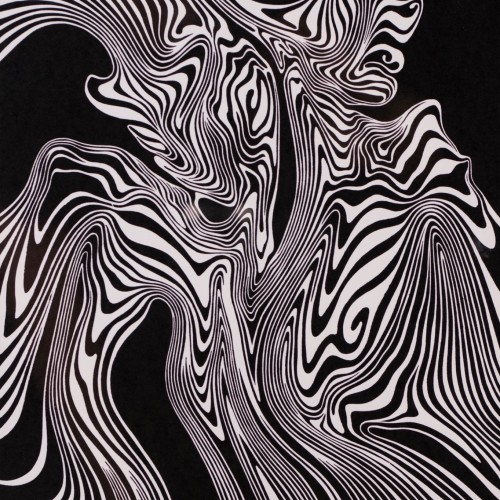Auction > Past > Haus Gallery
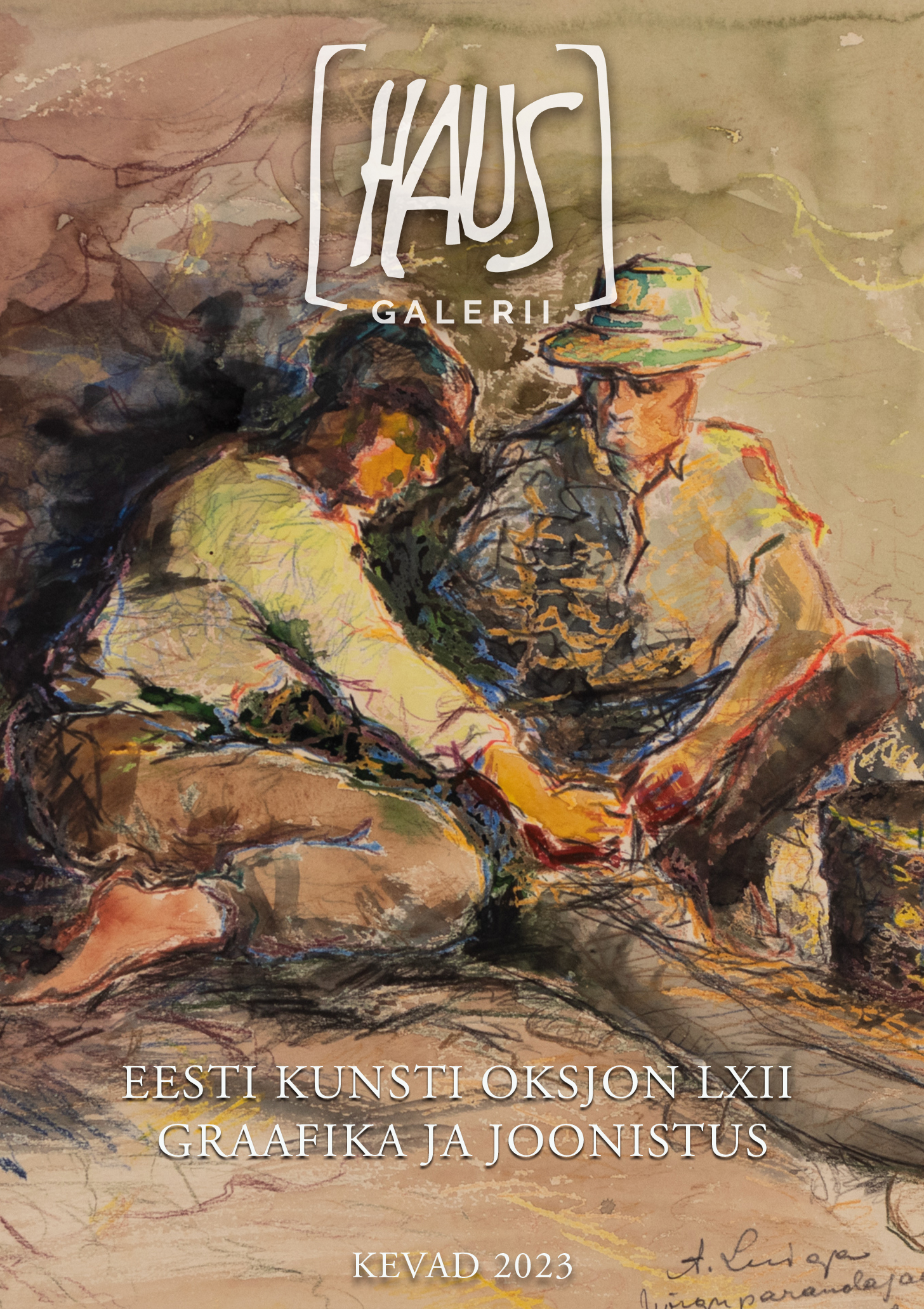
Haus Gallery 10.05.2023 13:45
AUCTION OF ESTONIAN GRAPHICS AND DRAWINGS
SPRING 2023
Wednesday, 10th of May
THROUGHOUT HISTORY
Foreword: Piia Ausman, Curator of the Auction
Author of the catalogue texts: Heie Marie Treier, Art Historian (TLU/BFM)
Haus Gallery’s 2023 selection of graphics and drawings is presented in chronological order, similar to our selection of older and modern art auctions. We move through the medley of the early decades of art, with the aim of drawing a comprehensive picture of the development of Estonian graphic art that is as diverse as possible and encompasses the characteristics of the eras. Graphic art is an in-depth visual art medium whose world, which at first appears mostly in black and white, may not open up in a very intrusive way, but is all the more captivating the more you delve into its substantive and technical details.
There are still questions about the value and importance of graphic art, knowing that this extremely time-consuming and difficult to produce using traditional techniques often allows for the creation of more than a single and unique work. A pre-determined number of copies will be printed of each graphics panel. However, even in this case, the rarity is appreciated, which always remains the first proofs of editions, the authors’ own creative rehearsals, where they experiment with the choice of colours and the intensity of the final result, or where, after the rehearsals, they continue to work on the graphics panel. Also of interest are preparatory works for a print, often drawings that precede the main work, illustrating the artist’s thought and hand movements.
This year’s selection of the Haus Gallery’s graphics auction is based on the principle of exhibiting the most unique works created in this technique by authors who are undisputed professionals and skilled masters in their field. This way, the auction predominantly features the first prints of a series of graphics, the author’s samples or individual works with a small print run that have remained experimental. It was not always the case that a planned number of copies of each graphics panel was produced, which was not an objective in itself. What became important was the artistic challenge and what the authors felt it was important to portray through the possibilities of this technique. The actual number of works produced was very individual and depended on the circumstances. As a rule, no print run was ever printed in full, but on an as-needed basis, avoiding excessive and unnecessary costs. So there is also a lot of uniqueness in graphic art, which depended on the artist’s own decision, or which was encouraged by various historical reasons. Alongside graphics, the auction will also place a strong emphasis on drawing and mixed media, which offers a range of compositions with varied technical solutions.
Together, we are once again celebrating Estonian art, through one of its most distinctive and naturalistic techniques, which requires exemplary dedication and focus in order to achieve the best, most captivating, and engaging result of the image – the works that this auction selection represents in so many ways.
The auctions will take place on 6, 7, and 10 May. Please view the works on the website. The exhibitions will be open from 7 April. Pre-registration is required to participate in the auction. We will soon upload the registration form on the website, and you can download and send it back to us signed. Once you have registered, you can also immediately start making online bids for works or leave your automatic bids in the system. Auctions will close in real time, both on the online platform and at the auction in the gallery hall. If you have any questions, please contact us.
Have a wonderful auction experience!
1920s AND 1930s
The Republic of Estonia was born, even against the expectations of many people. It was a small miracle that a window of opportunity had opened in world politics for the creation of a new small state. Conditions in the 1920s were relatively meagre for artists, yet already in 1919, during the War of Independence, the Pallas school of art began to operate in Tartu. The first graduates emerged in 1924, among them the young, unconventional Eduard Wiiralt, whose talent was admired by all fellow artists. Wiiralt’s method of speaking was his visual creation. However, the radicals of the 1920s, among them Jaan Vahtra, were concentrated in the Group of Estonian Artists – radicalism at that time meant an influential search for international avant-garde constructivism.
Estonian graphic art in the 1930s enjoyed the fruits that had been planted in the 1920s. The superstar of art was Eduard Wiiralt, the first graduate of the Pallas art school, a paragon of talent who was expected to become a lecturer at the Pallas School of Fine Arts, but who, as a great silent man, did not feel the call. In the 1930s, Hando Mugasto and Arkadio Laigo promoted the teaching of graphic art in Pallas. Wiiralt, however, travelled around gathering visual stimuli to infuse into his works. In Tallinn, Günther Reindorff, also an excellent drawer, taught drawing and graphic art at the State Industrial Art School.
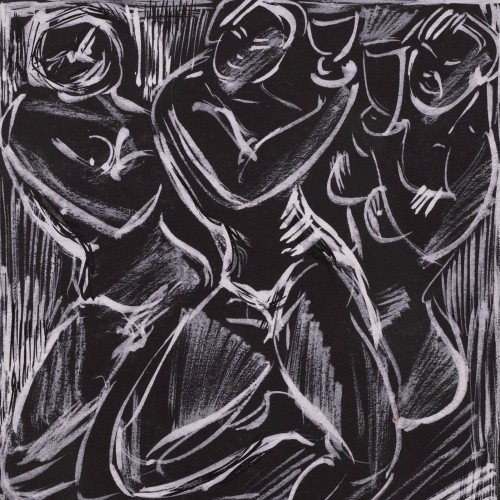
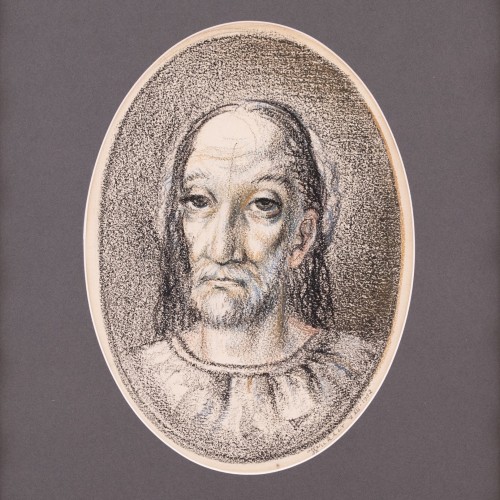
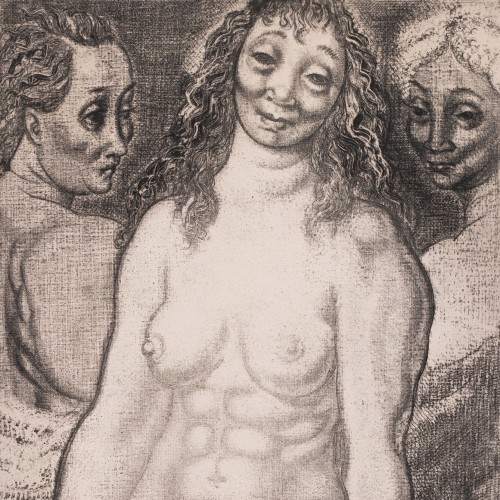
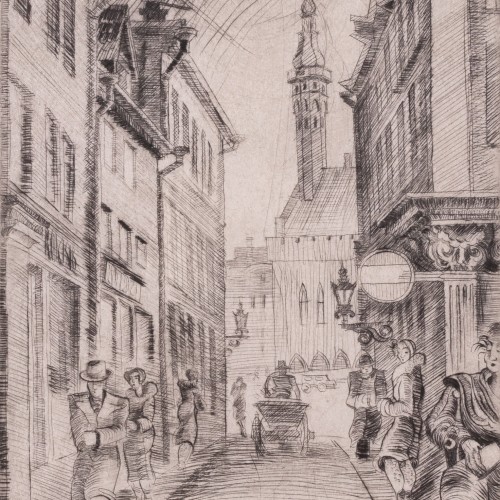
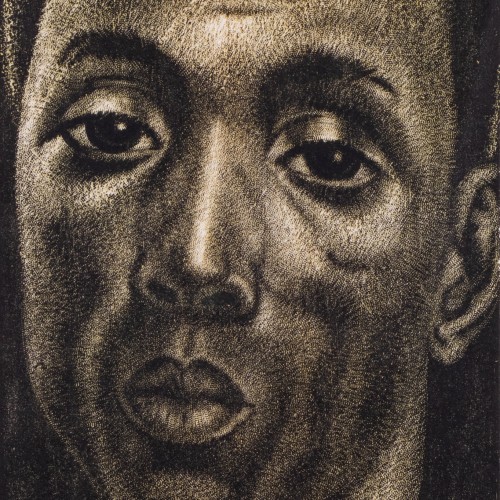
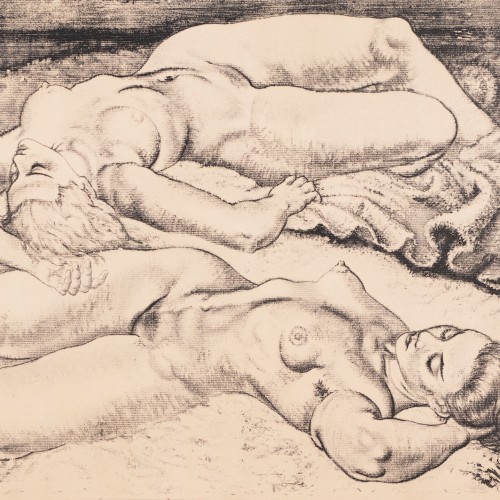
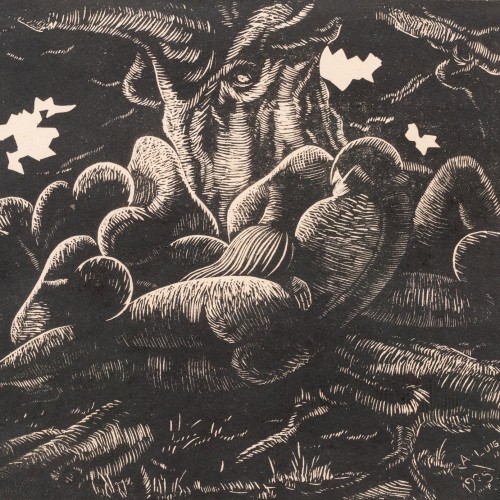
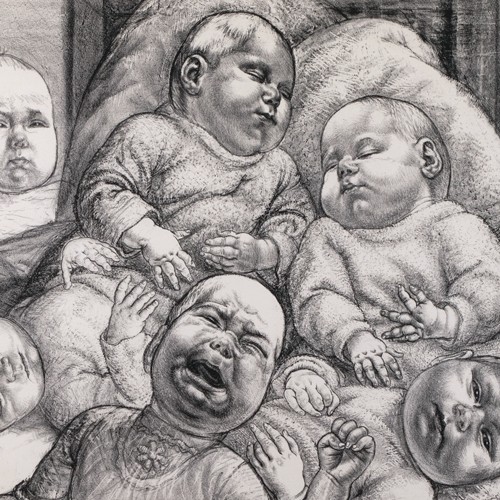
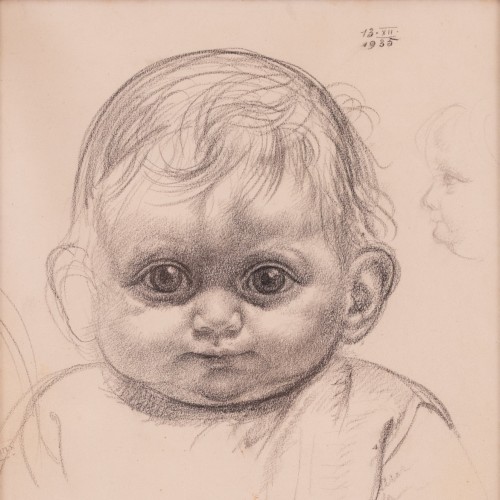
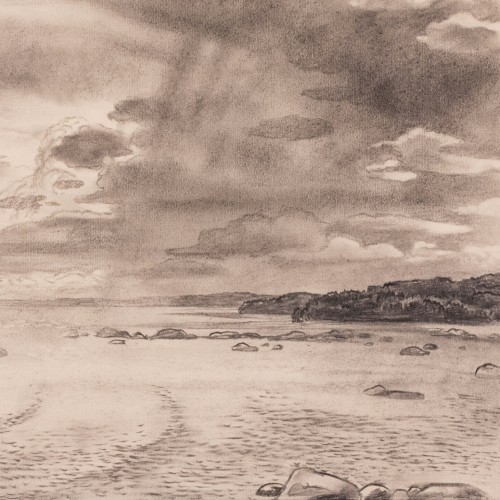
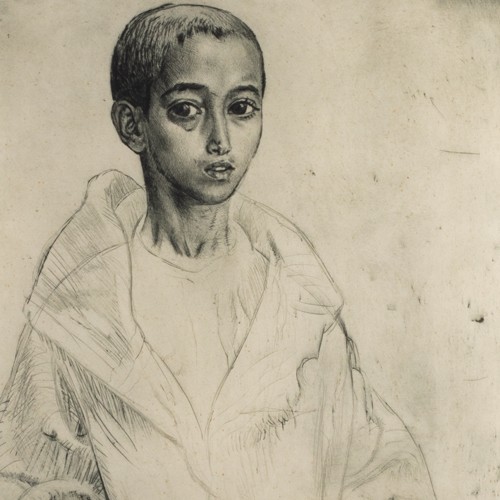
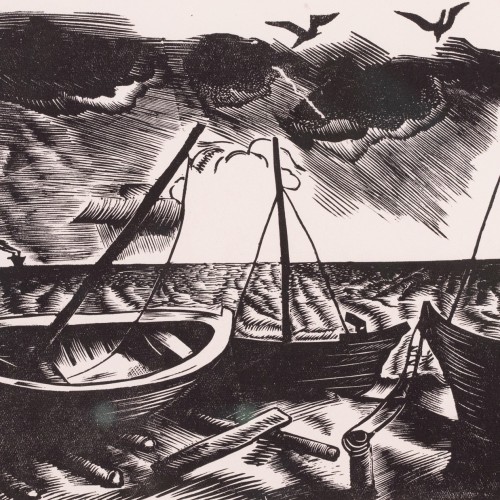
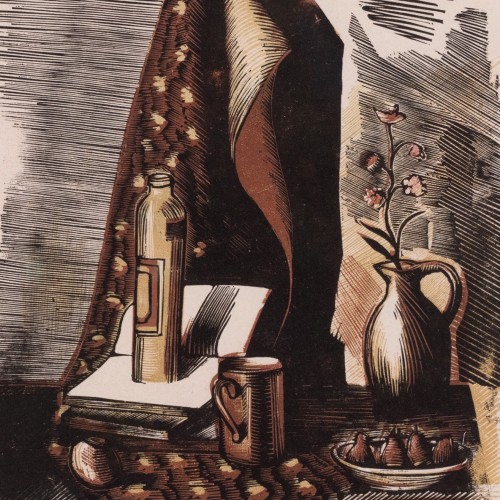
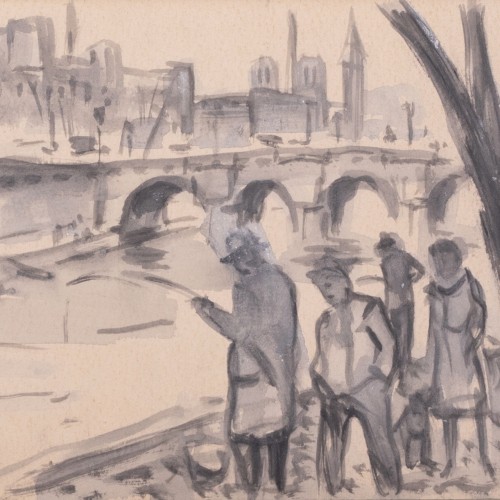
1940s
In the 1940s, World War II brought about a profound rift – some artists emigrated to the West, some to the East, some stayed in Estonia, whose fate was tragic, who suffered, who prospered. In this auction selection of paintings and prints from HAUS Gallery, artists living at home and abroad are, as always, treated in the same way, without distinction. But in the Cold War period (when there was a strong opposition between the socialist and capitalist world order as if they were two different planets) this was not possible.
In 1947, a graphics studio began to operate in Tallinn. In 2022, the graphic artists celebrated the 75th anniversary of the founding of their studio. To mark the anniversary, a retrospective exhibition was curated on the ARS campus and some history was documented. The 13-minute video talks about the profession, social interaction, the artists’ inner workings, and the social situation in real life up until 1991, the end of the Soviet era. So one can get a general idea of how graphic artists view their profession in retrospect from this video. http://www.youtube.com/watch?v=nD7u_dFzqyc
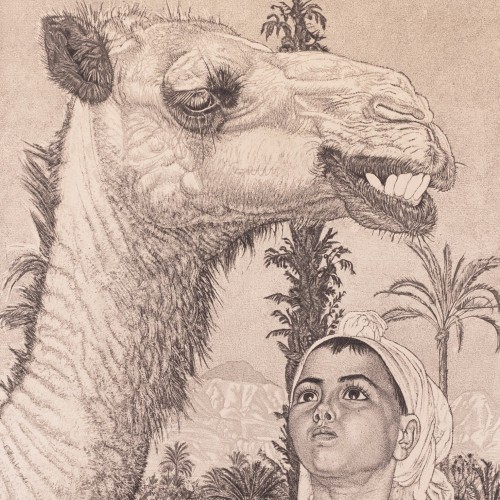
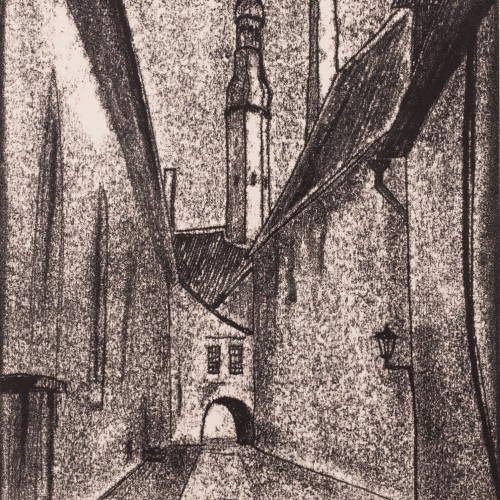
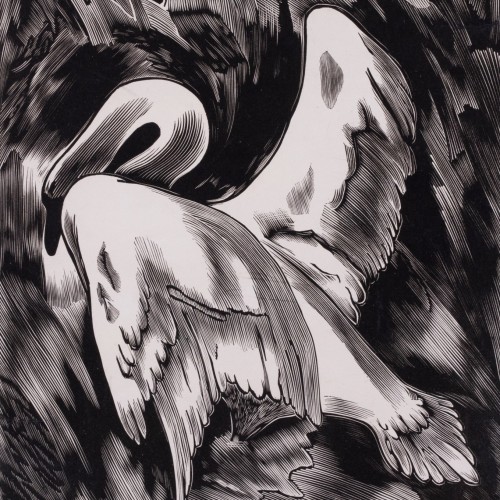
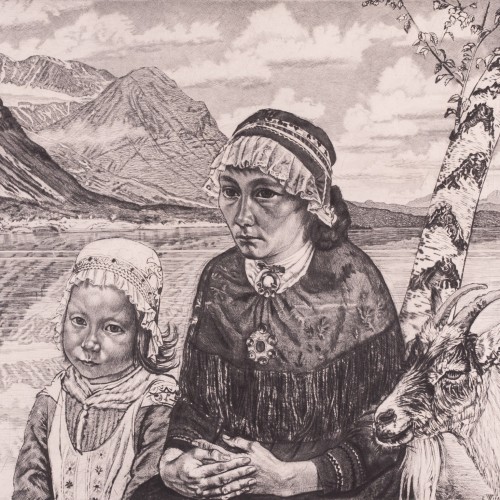
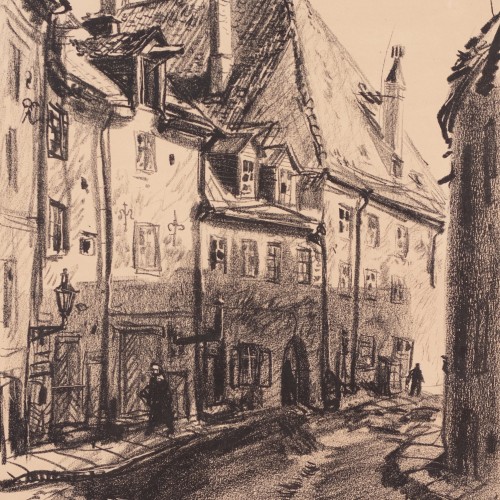
1950s
Until 1953, the year of Stalin’s death, life in the Estonian SSR was particularly frightening and full of fear. In retrospect, the self-establishment of the Soviet state after the war and its impact on the individual has been analysed by Estonian and Finnish writers Imbi Paju and Sofi Oksanen. There was a certain liberation after 1953, but art had to wait another ten years before a new generation, a new thought, and a new visual emerged as if from behind a dam in 1966.
The auction selection includes works by artists living in Estonia as well as works by Estonian artists who emigrated to Sweden. Some made art as the state demanded and some made art as if the state did not exist – that was the main dilemma for Soviet artists. Living in Sweden, the artist was free of direct political pressures, yet they still carried those emotions inside of them. International tensions led to the erection of the Berlin Wall in 1961, and this and the following period is known in global politics as the Cold War.
Within these external frameworks, however, artists continued to make their art, and art is the island of freedom that helps us survive spiritually.
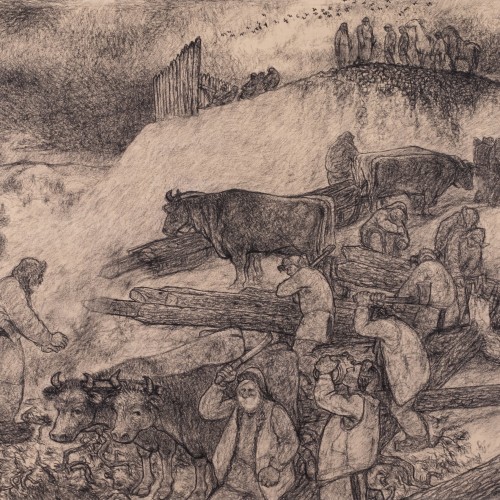
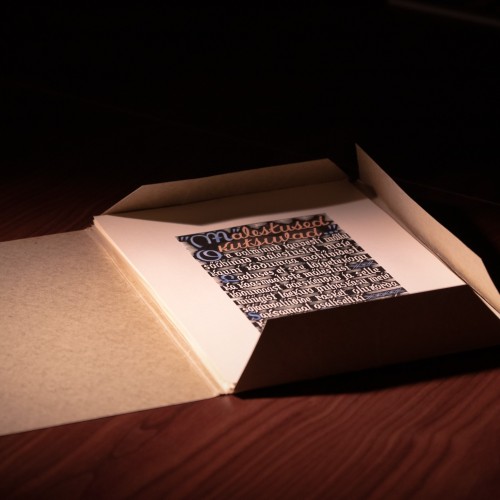
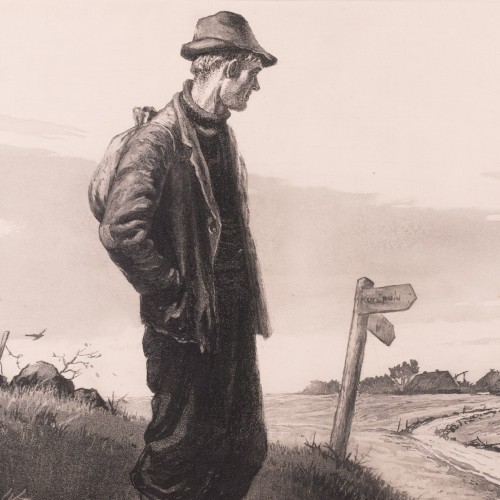
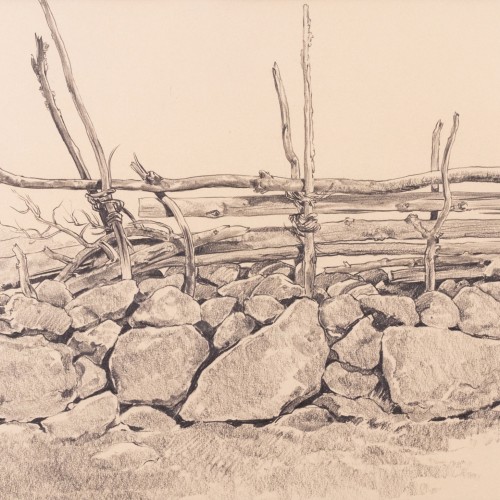
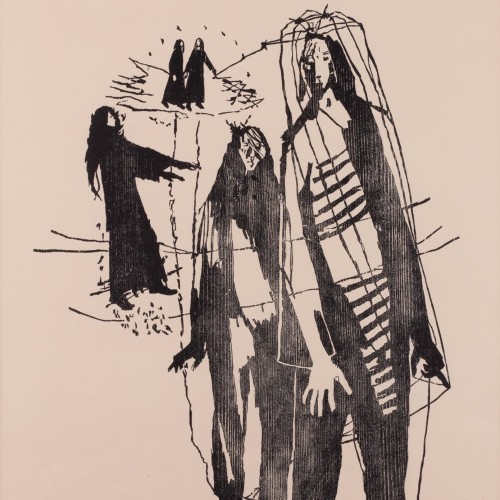
1960s
The 1960s were explosive for artists in the best sense of the word, building on the spirit of the liberation of the international youth movement and a particular inner joy that counterbalanced the oppression of World War II. A kind of golden age of graphic art began in the 1960s, which was formalised with the establishment of the Tallinn Print Triennial in 1968 and gained a particular momentum in the 1970s, see http://www.triennial.ee/ajalugu/. Here we read: ‘Easily reproduced and disseminated, graphics became an important tool for innovative art trends and alternative communication.’
As always, an artist comes from his or her generation, educational background, and aesthetic choices. Also in the 1960s, some artists played the role of tradition keepers (those whose education came from St Petersburg in the early 20th century or Tartu Pallas in the 1930s), while other artists played the role of innovators. From the HAUS auction set here, Evald Okas’ simple works stand out, but the artist enjoyed social recognition and travelling, which allowed him to express himself in a very stylish and chic way.
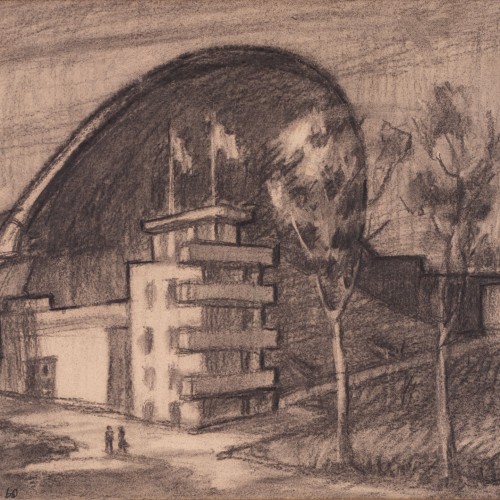
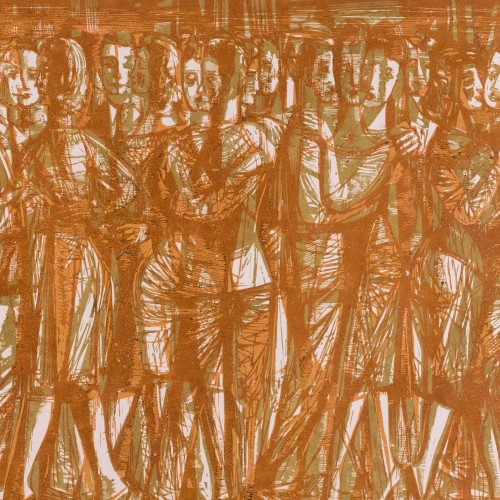
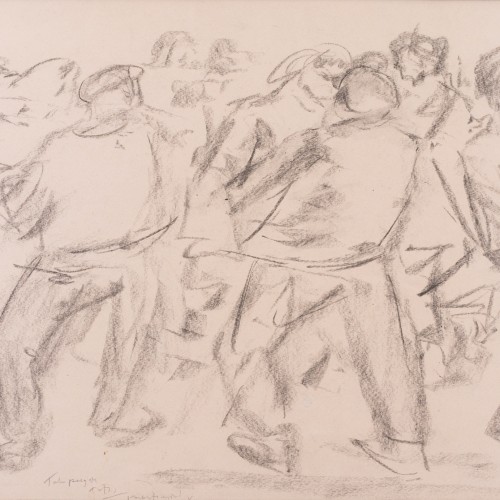
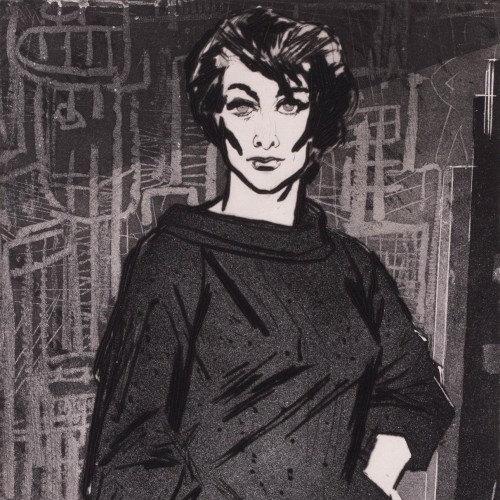
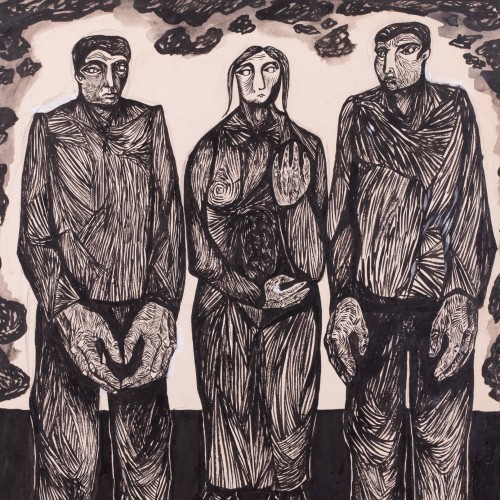
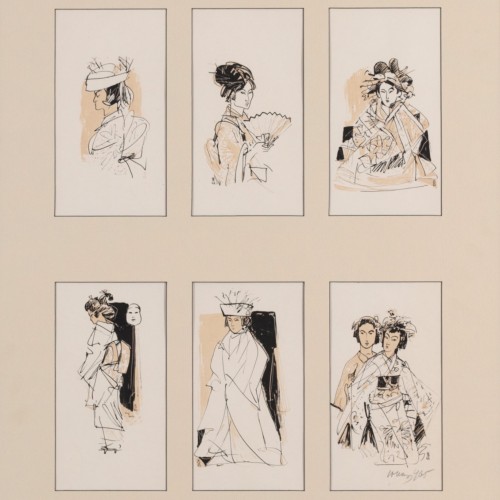
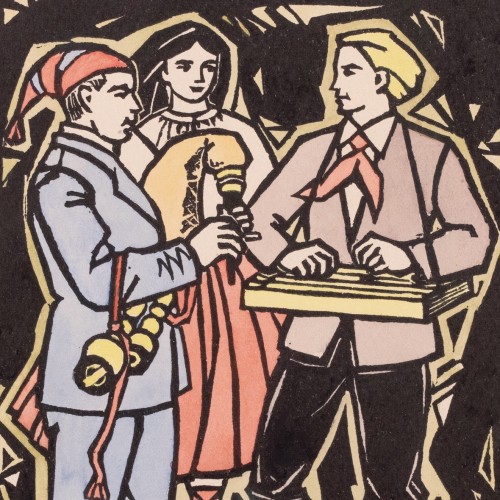
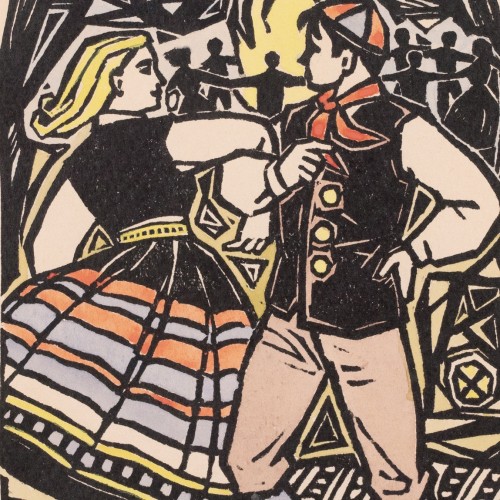
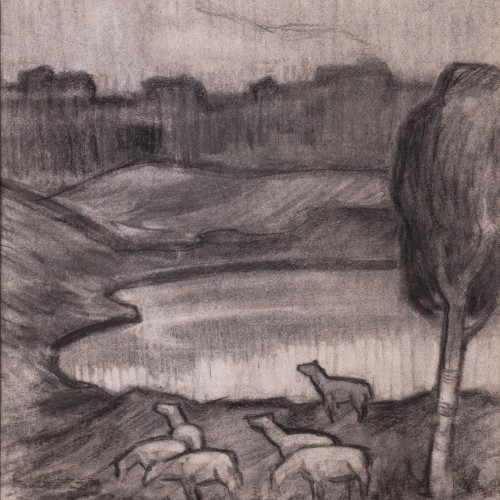
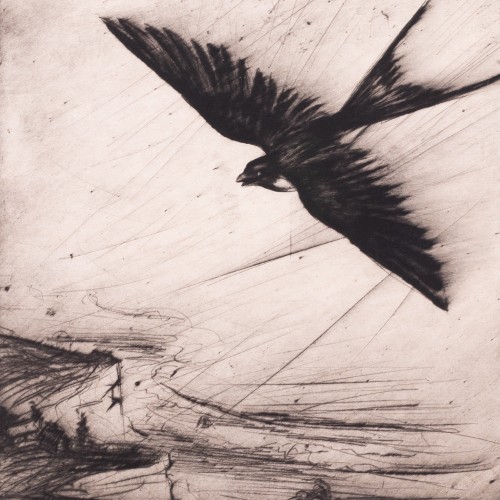
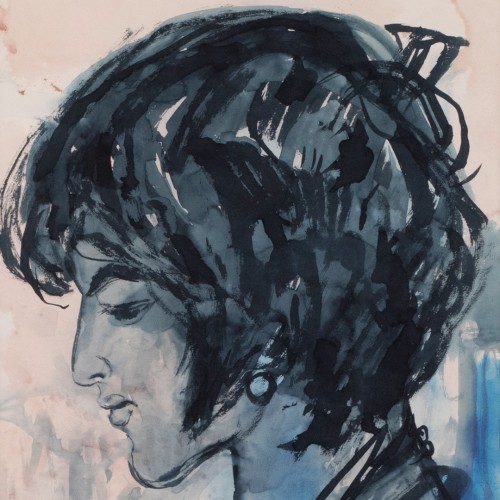
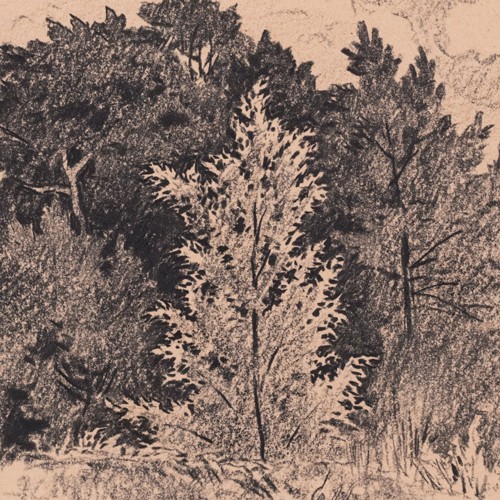
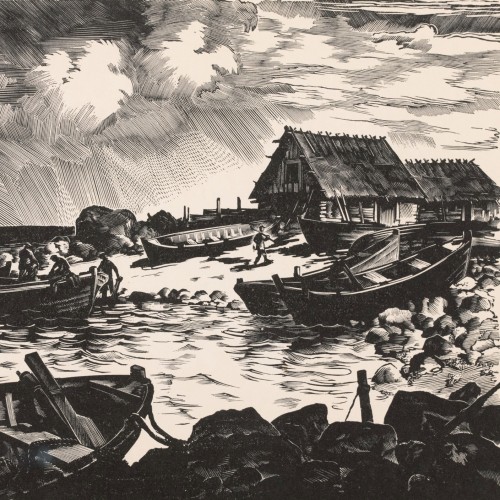
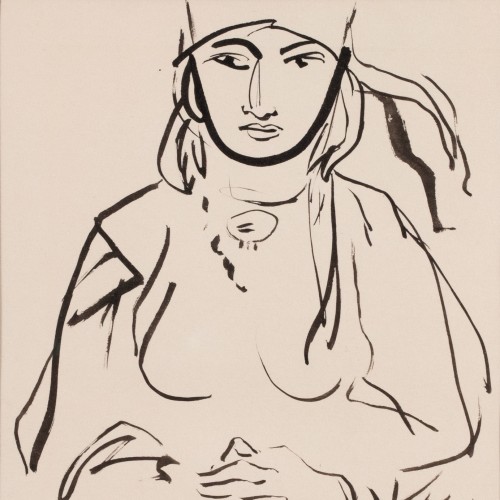
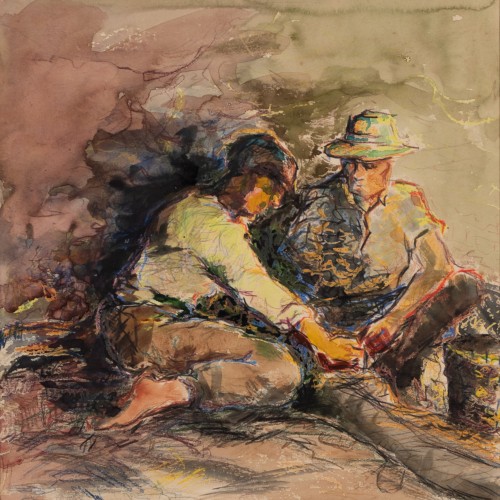
1970s
From the point of view of graphic art, the 1970s can still be regarded as the golden age of Estonian graphic art, when many talented artists chose it as a means of self-expression – a large number of female graphic artists (few of whom are represented in this year’s HAUS auction) and a few very talented male graphic artists , of whom the selection here includes works by Vello Vinna and Peeter Ulas, as well as Illimar Paul, who remained relatively marginalised in exhibitions. As well as artists for whom graphic art was one expression among many, such as Jüri Arrak, Leonhard Lapin, Peeter Mudist, Kaljo Põllu, Evald Okas. Graphic artists had relatively free hands in Soviet Estonia, they were not controlled or censored like painting, which was considered the highest form of art in the art hierarchy. Estonian graphic artists countered this by creating their own hierarchy of art, with graphic art at the top. This sense of self-worth and respect for the profession was extraordinary.
The international Tallinn Print Triennial, founded in 1968, helped shape the self-image of the graphic art community, and its institutional role in the profession cannot be overestimated.
This auction selection also brings together some of the Estonian artists who have worked on the other side of the Berlin Wall – Endel Kõks from Sweden and Erich Pehap from Canada. Both artists were educated at the Pallas School of Art in Tartu in the 1930s, and both developed in their own directions in the Free World, with little concern for censorship and the like.
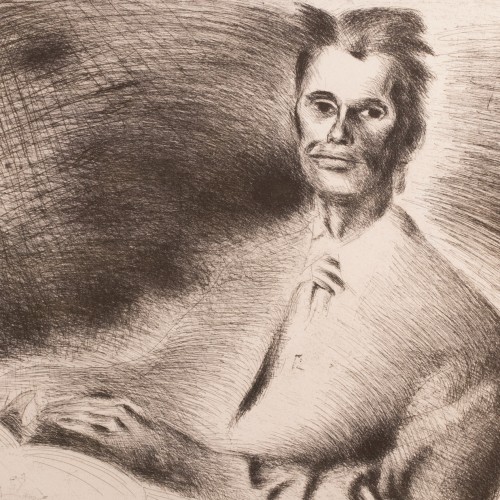
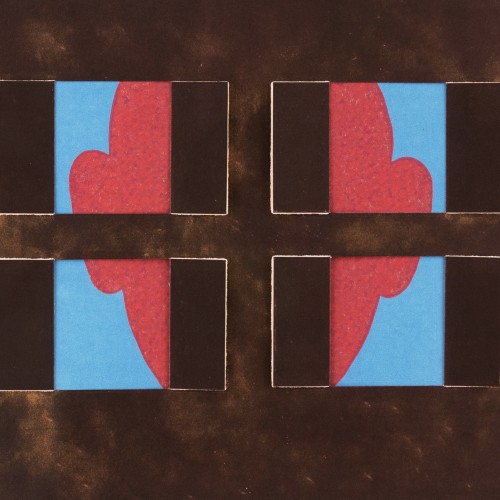
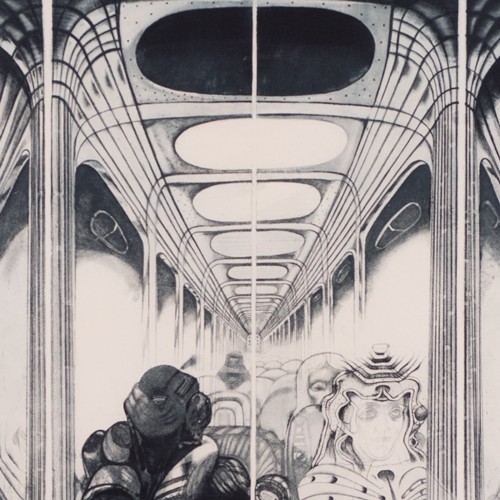
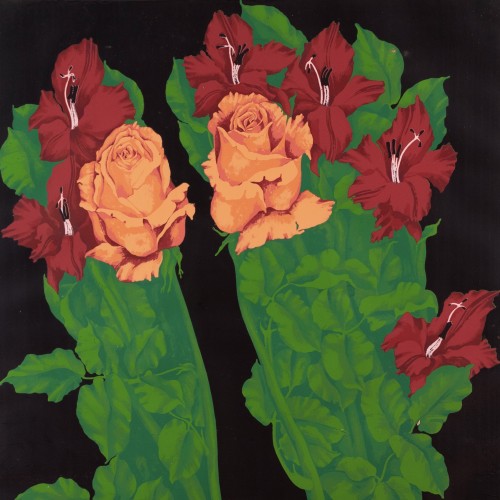
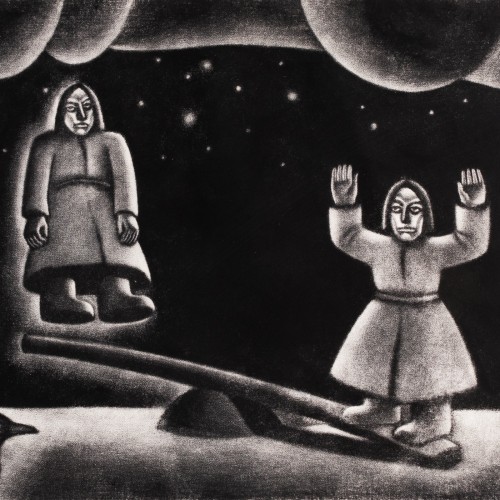
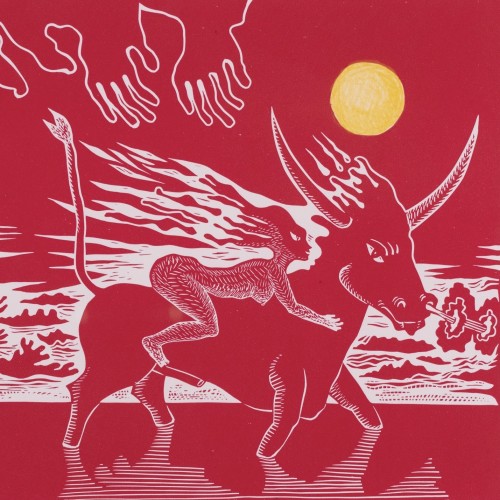
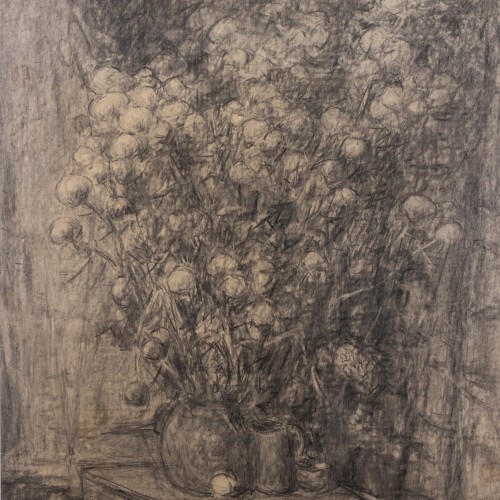
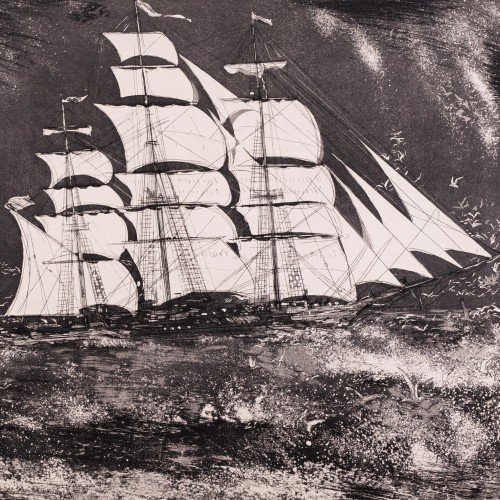
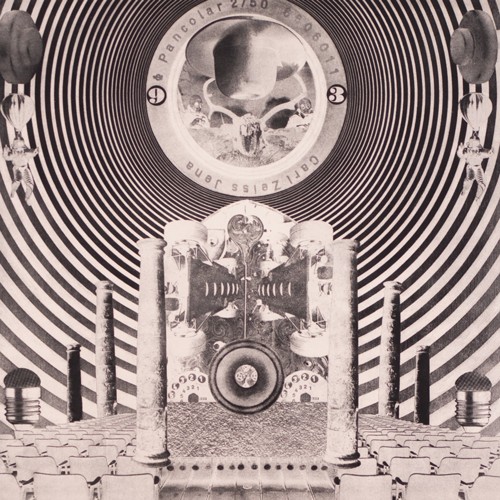
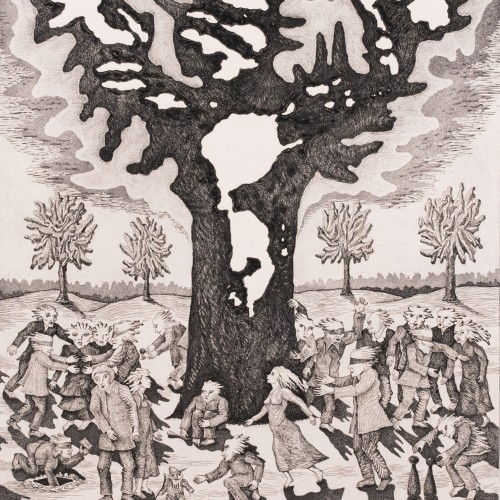
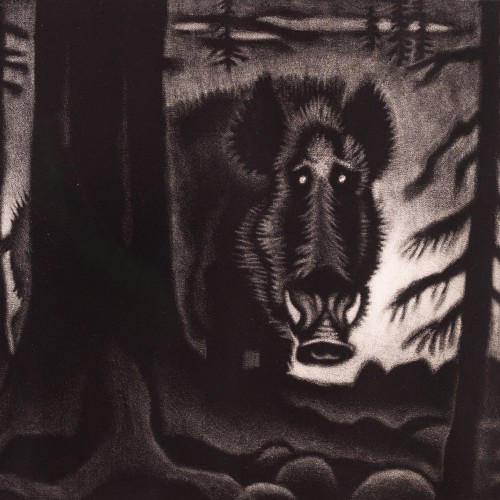
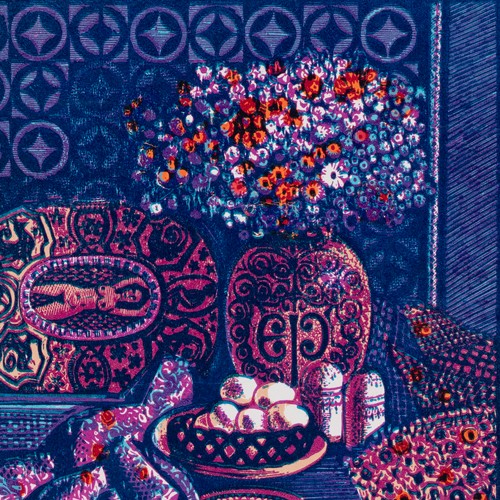
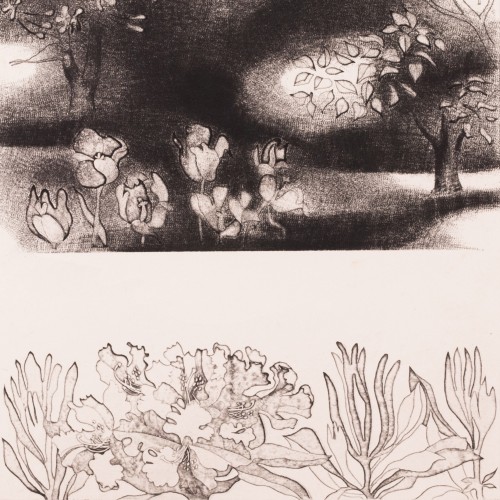
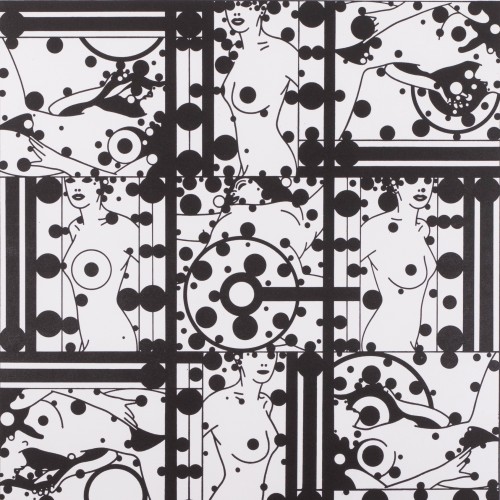
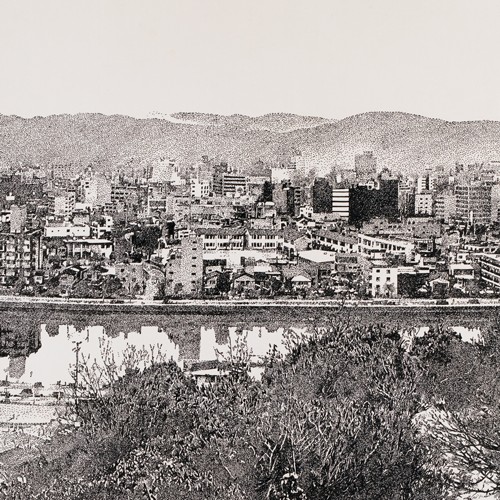
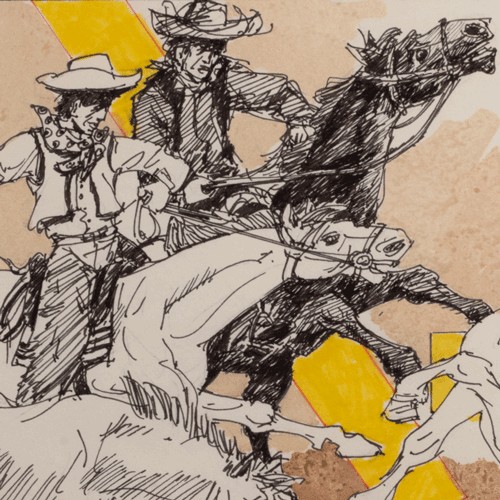
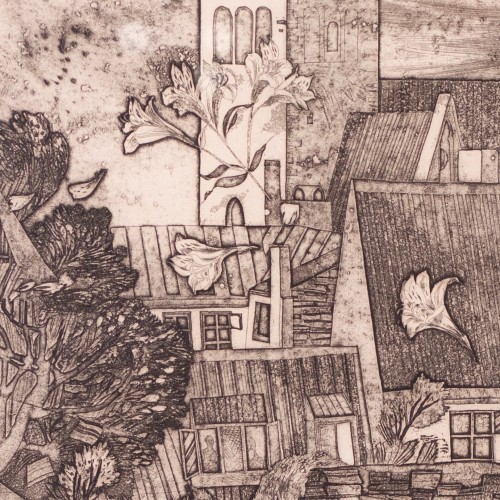
1980s
The 1980s began in one sense extreme and ended in the opposite extreme.
Graphic art was in the same state as painting in the Estonian SSR in the early 1980s. The person of Karl Vaino, who was appointed leader of the Communist Party, was significant because his time has come to be called a period of stagnation. For the art world, this basically meant refining the works once again, consolidating what had been achieved, but without innovation. For more sensitive artists, the atmosphere seemed hopeless. In her article, Art Scholar Evi Pihlak posed the question in the style of Arthur Danto: is Estonian art now finally finished? Yet, as always, it is the darkest time before the dawn, with global turning points beginning to occur in the second half of the 1980s. The Berlin Wall, which was built in 1961, came down in 1989, and an avalanche of international changes, in which Estonia also took part, were ahead.
It is hard to remember now, but in the late 1980s and early 1990s, graphic art took on a somewhat currency role. At a time when the Soviet roubles were no longer valid and Estonian kroons had not yet arrived, some of the graphic sheets became ‘money’ that people exchanged for currency when travelling to Finland and elsewhere. It is, after all, a genuinely reproducible art form, the idea being to spread widely. For a short time, the demand for Estonian graphic art skyrocketed, which was an unprecedented situation.
If you look at the auction selection of graphic art from the HAUS Gallery, the artists created high-quality art with their hearts, with their own internal logic and reasoning.
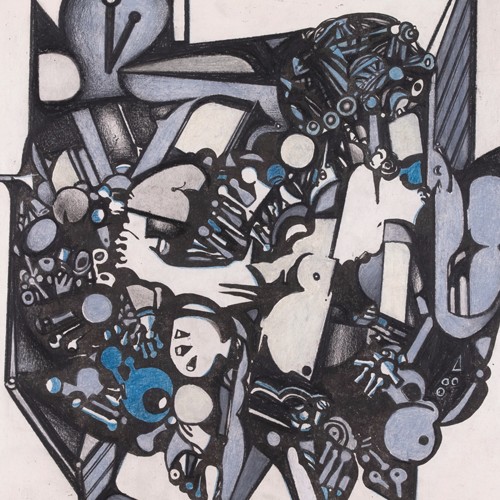
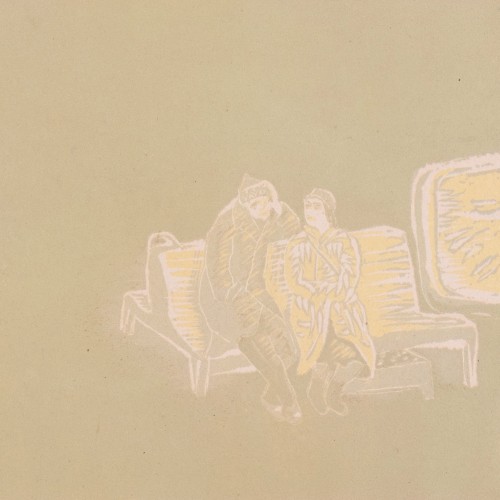
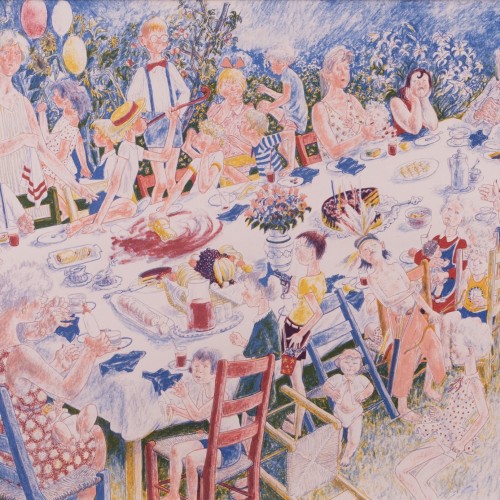
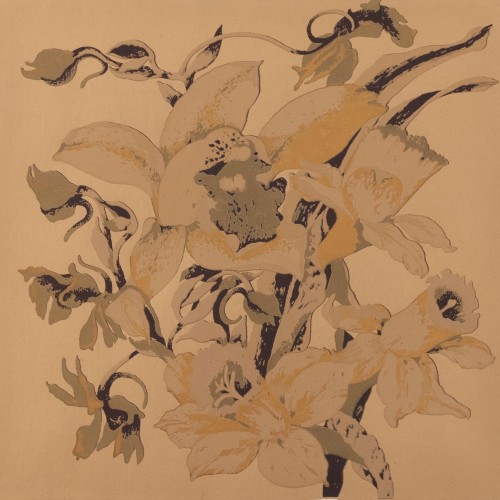
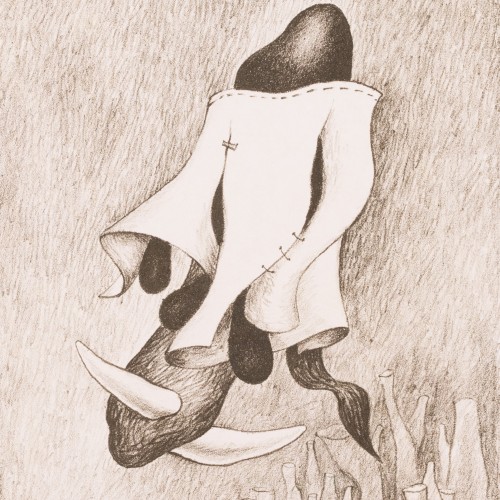
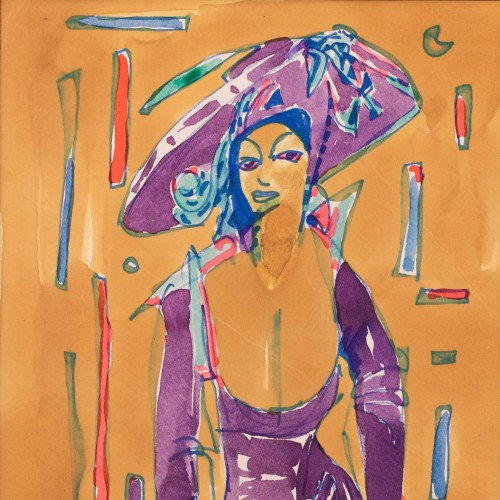
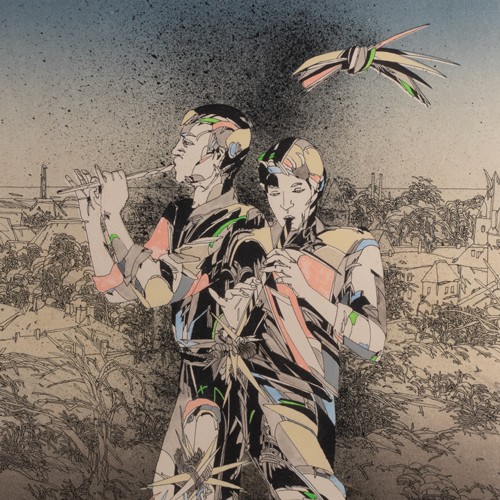
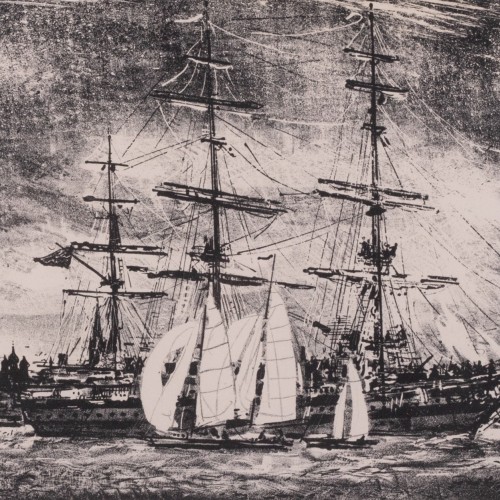
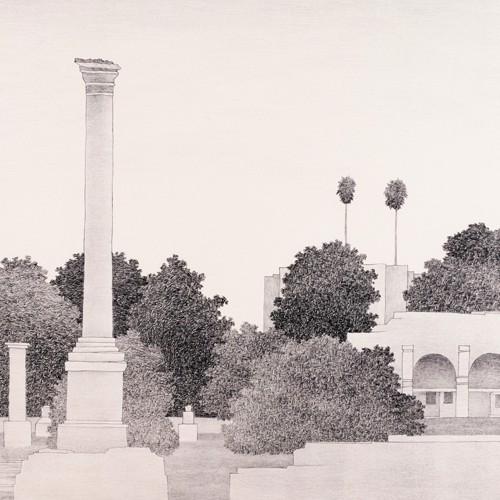
1990s
The 1990s are represented in the HAUS auction graphic art bid with six works from five artists, all born in different decades. The 1990s were difficult due to political changes and it was generally difficult for artists to survive the hard times (the former legislation was no longer in force and the new one was not yet in force, the existing institutions had lost strength in art, and the new ones worked only with young artists, etc.). Yet the works here represent a hopeful view of the future and a rise above domestic problems, which were, after all, large enough at the time. It can be said that these works continued the good practice of the art of the past and did not aspire to participate directly in artistic innovations, which alienated many, for whom the principles of art were thought out and in place.
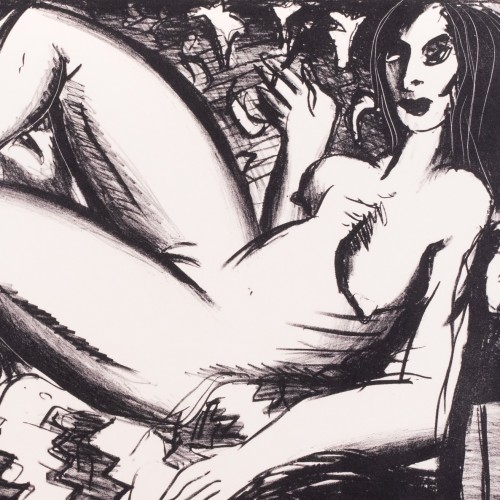
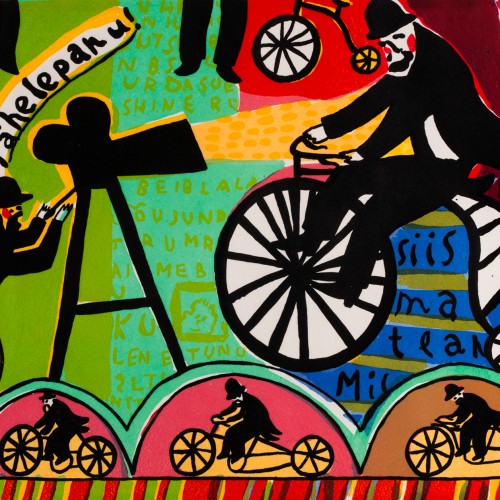
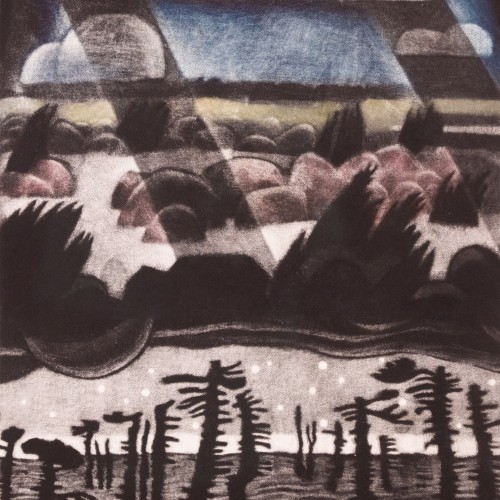
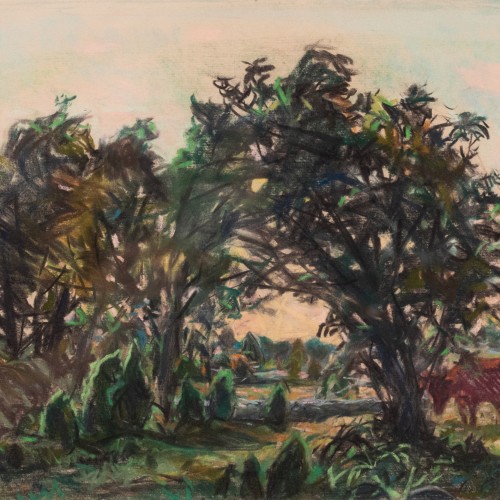
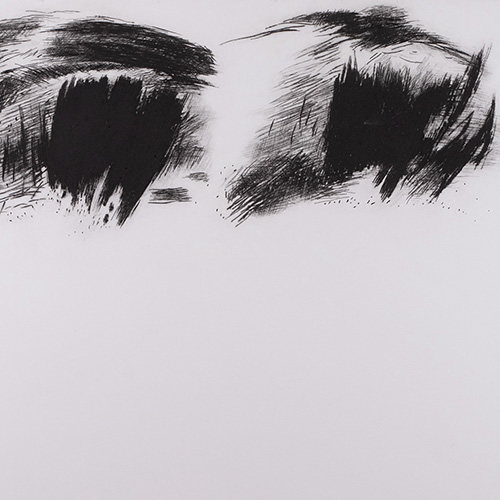
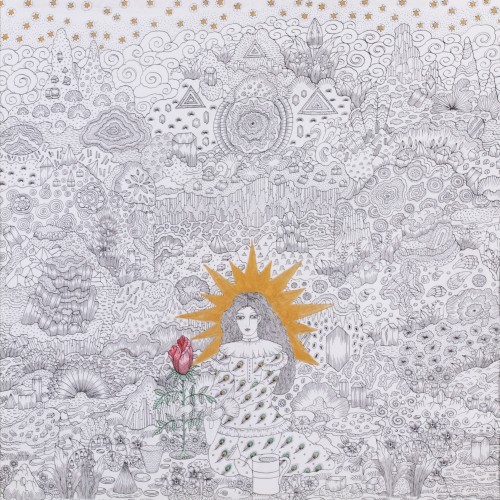
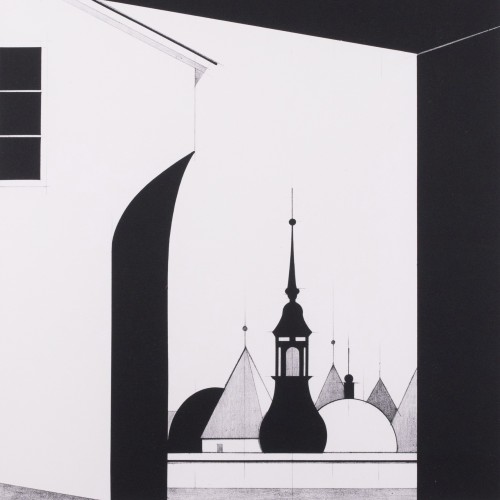
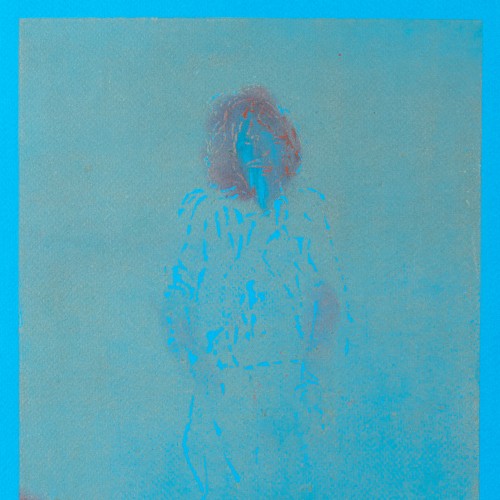
2020s
The current decade has only just begun. Relatively quiet in front of the public for a long time, the graphic artists have begun to regroup, the Association of Free Graphic Artists has begun to be activated. The power of graphic artists has always been hidden in cooperation and connection with each other. From now on, the ARS art campus owned by the Estonian Artists’ Association is located at Pärnu mnt 154, where the Printmaking Chamber and the exhibition space are located.
In 2022, the graphic artists celebrated the 75th anniversary of the founding of the graphics studio – hence the start of operations in 1947. On this occasion, an exhibition was curated on the ARS campus and both the exhibition and the memories of the artists were documented in a 13-minute video about the profession, social interaction, artists’ internal jokes, and the real-time social situation.
Finally, a message related to the graphic art from Christie’s auction house news feed. On 23 March 2023, the Suur laine (Big Wave) woodcut of the Japanese chart Katsushika Hokusai of the early 1830s was sold at a record price of $ 2.8 million.
The term ‘japonism’ originated in Hokusai’s printmaking, which greatly influenced the famous post-impressionist French painting of the late 19th century, such as Gauguin and other painters. That is where the impulses came from in Estonian art as well.
